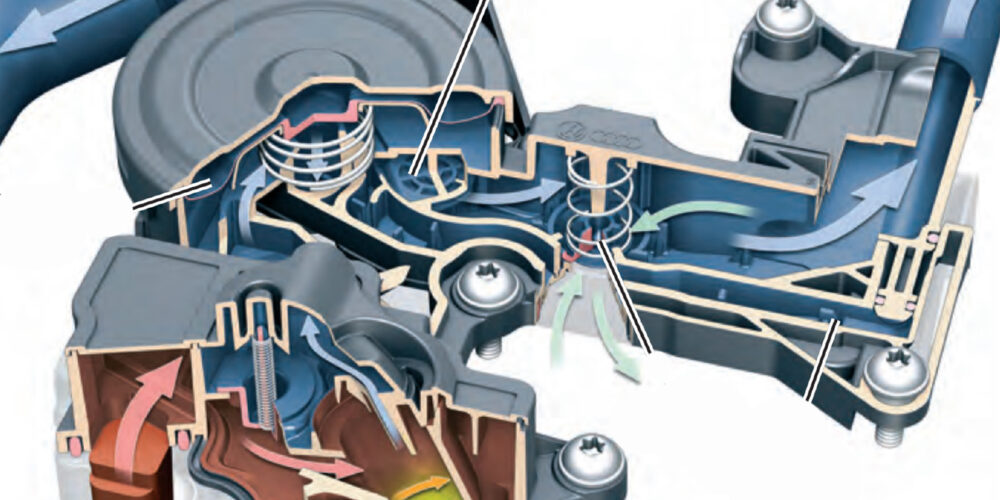What’s wrong with air? Like a slumbering giant, the passenger and light truck tire industry is slow to evolve and slower to accept new products and ways of thinking. Take the current buzzword going around: nitrogen. That inert gas has the industry and, as I found out, consumers, in an uproar about who and what to believe.
Never mind the fact that small, insignificant organizations like NASA, NASCAR, the aerospace industry and the military have been using nitrogen as an air substitute in tires for decades, with superb results.
Well, it’s time to take a look at this from a different perspective – not from the science or equipment aspect, but from the viewpoint of a tire dealer who faces the same type of consumers that you do.
So that I can give you some personal feedback, I decided to have my tires filled with nitrogen. Jennifer Wheeler with Vannoy’s Tire in Pensacola, FL, has had some experience with nitrogen over the last year.
“We have seen customers get better gas mileage after inflating tires with nitrogen,” Wheeler says. “One customer, in particular, who owns a Volvo with a fuel economy display showed immediate improvement in average miles per gallon.”
Nitrogen is dry and conceivably much better over the life of the tire and wheel. This could be a great selling point. I’m sure that most of you have removed a tire and found the bead seats of the wheels corroded or the drop center peeling. Take a picture, and display it at the counter near your brochures.
Like many other high-tech offerings in your shop, this is another that will have to be marketed to the consumer. Visual images will have a more dramatic effect than just telling someone that they need to spend an extra $20 dollars for “air.”
PRACTICAL SELLING
Now, let’s look at some problems that could arise. What if a repair shop doesn’t offer nitrogen, and a consumer has to fill one tire with regular air, while the rest are filled with nitrogen? How will the vehicle react if the left front is filled with nitrogen and the right front is filled with regular air? Both are good questions.
From the technical data, we know that the nitrogen is not going to expand at the same rate or as much as compressed air. This leads to a bias in ‘hot pressure’ that could result in a pull that might get worse as the tire heats up.
A road test by a technician after the vehicle has been sitting for a while may not indicate any pull at all. It may take several miles of highway driving conditions to create the effect. Here is another opportunity for you to gain a customer. You can provide a simple solution by offering a nitrogen filling station on site. More importantly, you can diagnose a problem without spending unnecessary time or money.
You probably already know that many racing organizations have been using nitrogen for years, but how do you convey that information to a consumer and make it profitable?
Dave Martin, senior project engineer for motorsports programs at the Hankook Technical Center in Akron, OH, had this to say: “In a race tire, and even in street performance tires, the ability to control ‘hot pressure’ is critical. For every 1-psi increase in pressure, the vertical spring rate of the tire increases approximately 50 lbs./in. This translates into a stiffer ride, and it also changes the shape of the contact patch, which can have a negative effect on the handling characteristics of the vehicle.”
For an average passenger/light truck tire, it is feasible that replacing regular air with nitrogen could deliver a smoother ride.
No matter which selling point you choose to apply, be sure to tailor it to the individual and vehicle. To a young consumer with a sports car, talk up the performance aspects of nitrogen. For a senior citizen, talk about the lower maintenance of having to adjust air pressure as frequently or the potential increase in gas mileage.
For light trucks, a consistent pressure could help reduce center wear on the rear tires, while maintaining proper load carrying capacity.









